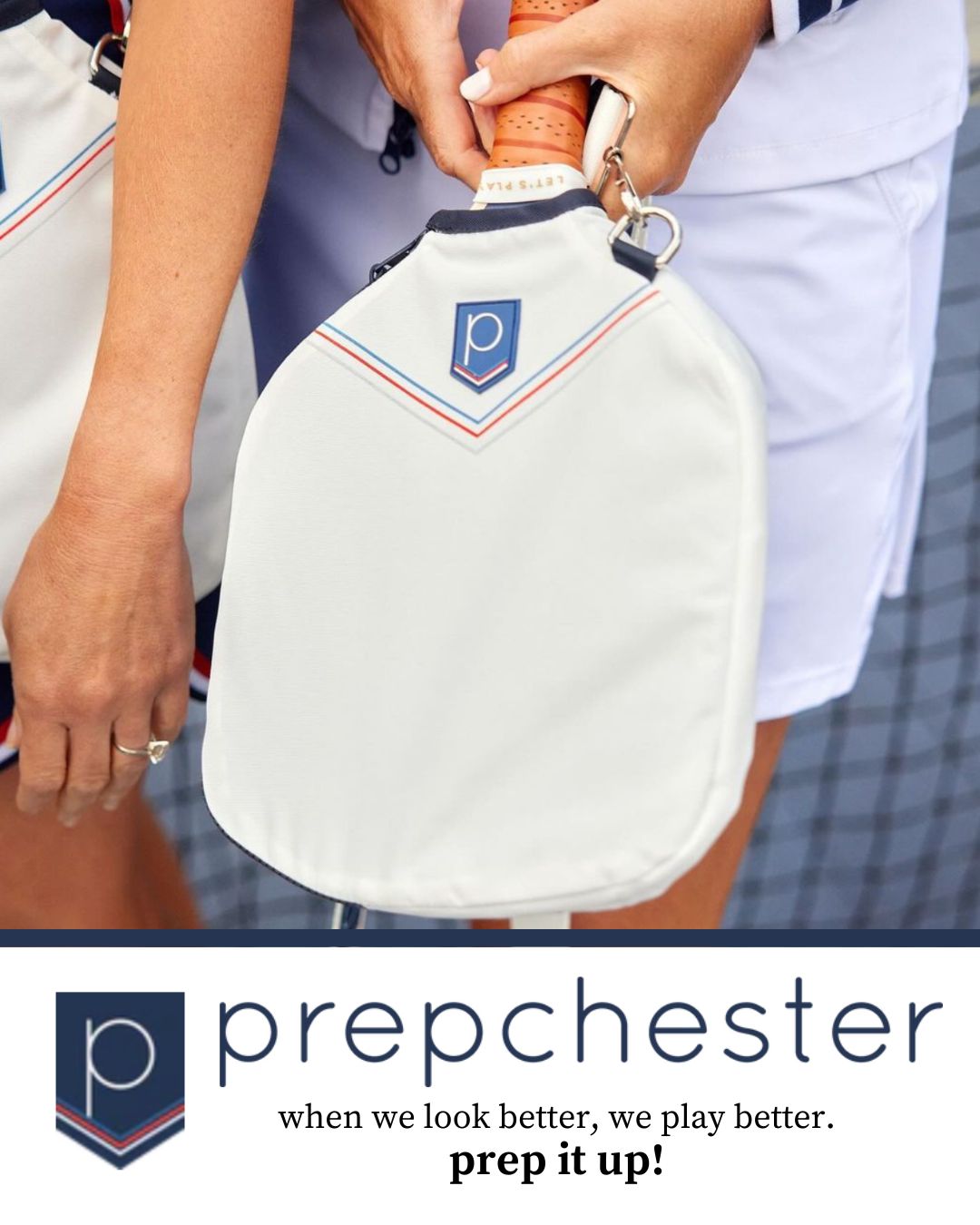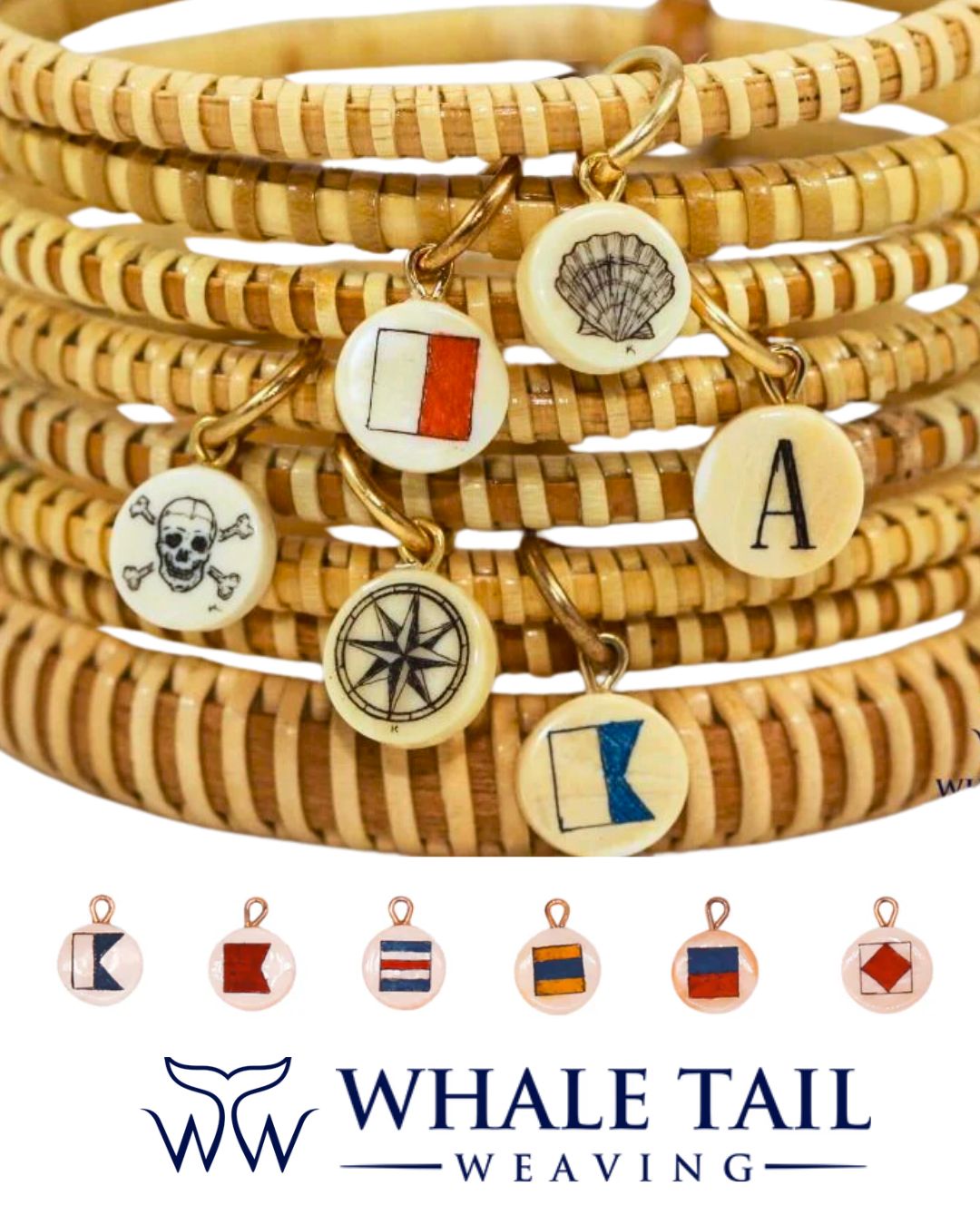Brand photography goes beyond simply capturing images—it’s about visually communicating a brand’s identity, values, and offerings. Thoughtfully crafted visuals tell a compelling story, engage audiences, and foster meaningful connections. By capturing the very essence of a brand in every shot, these images build an authentic and memorable narrative that resonates with consumers. Rhode Island photographer Caitlin James shares her expert tips and best practices to ensure your brand shines through every photo.
Importance of Visuals
Visuals are powerful tools for storytelling and brand communication, no matter if you’re a Hilton, a jewelry brand, or a creative professional. In a digital world, where attention spans are short, captivating visuals can make your brand stand out and provides.

Effective Visuals Help Your Brand Create:
First Impressions:
A picture speaks volumes before words are even read. High-quality visuals help establish a strong and positive first impression, instantly conveying professionalism and credibility. Whether it’s on your website, social media, or promotional materials, the right visuals ensure your audience’s first interaction with your brand is memorable and impactful.Brand Recognition:
Consistent and cohesive imagery across all touchpoints solidifies your brand’s identity. Unique visual elements, such as color schemes, lighting, and style, become synonymous with your brand, making it instantly recognizable to your audience.Storytelling:
Brand photography goes beyond showcasing products or services; it tells a story. Whether it’s highlighting your team, your mission, or the lifestyle your brand promotes, thoughtful visuals connect with audiences on an emotional level, making your brand relatable and memorable.Differentiation:
In a crowded market, visuals help your brand stand out. Custom and authentic photography communicates your unique value and personality, setting you apart from competitors who rely on generic or stock imagery.Credibility and Professionalism:
High-quality, tailored visuals build trust. They signal that your brand values attention to detail and is invested in providing a premium experience, reinforcing your reputation as a credible and professional entity.Universal Appeal:
Visuals are a universal language that transcends barriers. Regardless of cultural or language differences, a well-composed image can resonate with diverse audiences, broadening your brand’s reach and impact.
Incorporating strong visuals into your branding strategy ensures your message is seen, felt, and remembered, fostering lasting connections with your audience.

Elements of a Compelling Visual
Creating compelling visuals is an art that combines creativity with strategy. The most striking images don’t happen by chance—they are the result of deliberate choices that bring a brand’s story to life. From the way elements are arranged within the frame to the mood set by lighting, every detail plays a role in capturing attention and communicating a message. By focusing on key aspects such as composition, lighting, color palette, and props, you can craft visuals that not only captivate but also align seamlessly with your brand’s identity and resonate with your audience.
COMPOSITION
In photography, composition refers to the arrangement and placement of visual elements within a frame to create a harmonious and aesthetically pleasing image. It involves techniques such as:
- Rule of Thirds: Position subjects along grid lines to create balanced and engaging compositions.
- Leading Lines: Use natural lines to guide the viewer’s eye towards the focal point of the image.
- Framing: Enclose subjects with elements like arches or branches to draw attention and add context.
- Symmetry and Patterns: Incorporate symmetry and repetitive patterns for visually appealing and harmonious images.
- Depth and Perspective: Create a sense of depth by using foreground, middle ground, and background elements.
- Experiment with Angles: Try different angles and viewpoints to find the most dynamic and interesting perspectives.

lighting
Proper lighting can make or break a photograph. Experimentwith. natural light, artificial light, and shadows to create mood, texture, and depth in your image. Soft, diffused light is often flattering for portraits, while dramatic lighting can add intrigue and impact to your composition.
- Experiment with Flash: Use flash to fill in shadows or highlight details. Play with different flash settings to achieve various effects.
- Turn Off Overhead Lights: Overhead lights can create harsh shadows. Instead, use directional lighting to sculpt your subject.
- Open Windows and Curtains: Utilize natural light for its softness and warmth. Position your subject near windows to take advantage of this flattering light source.

color palette
Choose colors that reflect your brand’s personality and evoke the desired emotions. Consider the psychological effects of colors and use them strategically to evoke emotions or convey meaning. The contrast between light and dark areas can add visual interest and draw attention to specific elements within the composition.
- Color Psychology: Utilize colors that align with your brand’s personality to evoke specific emotions.
- Strategic Use: Employ colors purposefully to convey meaning and enhance the viewer’s experience.
- Contrast: Leverage light and dark contrasts to create visual interest and highlight important elements.

PROPS & STYLING
Selecting props that complement your brand’s aesthetic and narrative can significantly enhance the visual appeal and storytelling of your photography.
- Plants and Flowers: Add natural elements to bring freshness and vibrancy to your images, reflecting a lively and organic brand aesthetic.
- Food and Drink: Incorporate items that align with your brand’s theme, evoking warmth and relatability.
- Personal Items: Use accessories, gadgets, or other personal items to tell a more intimate and authentic brand story.

Pre-Production Planning:
Planning ahead saves time during editing. Choose the right settings, props, and lighting to capture the best possible shots.
Essential Tools for Editing:
- Lightroom: A powerful tool for comprehensive photo editing and organization.
- Retouch App: Handy for quick and effective mobile edits.
- Google & YouTube: Great resources for tutorials and tips to improve your editing skills.
Key Techniques:
- Natural Lighting: Utilize natural light for its softness and consistency.
- Tripod: Ensure stability and sharpness in your images, especially in low light conditions.
By focusing on pre-production, you can streamline your workflow and enhance the quality of your photos with minimal post-production effort.












About Caitlin
Caitlin Elizabeth James is a Rhode Island-based brand and creative portrait photographer known for capturing authentic, natural moments that truly reflect her clients’ identities. With a background in social media marketing and a stint in NYC fashion, Caitlin brings a unique blend of creativity and strategy to her work.
When she’s not behind the camera, Caitlin enjoys life by the sea with her husband and one-year-old daughter, Calloway. A retired NCAA gymnast and lover of margaritas and Bloody Marys, she’s passionate about keeping things real—both in her photography and in life.
For more visit:
https://caitlinelizabethjames.com/








